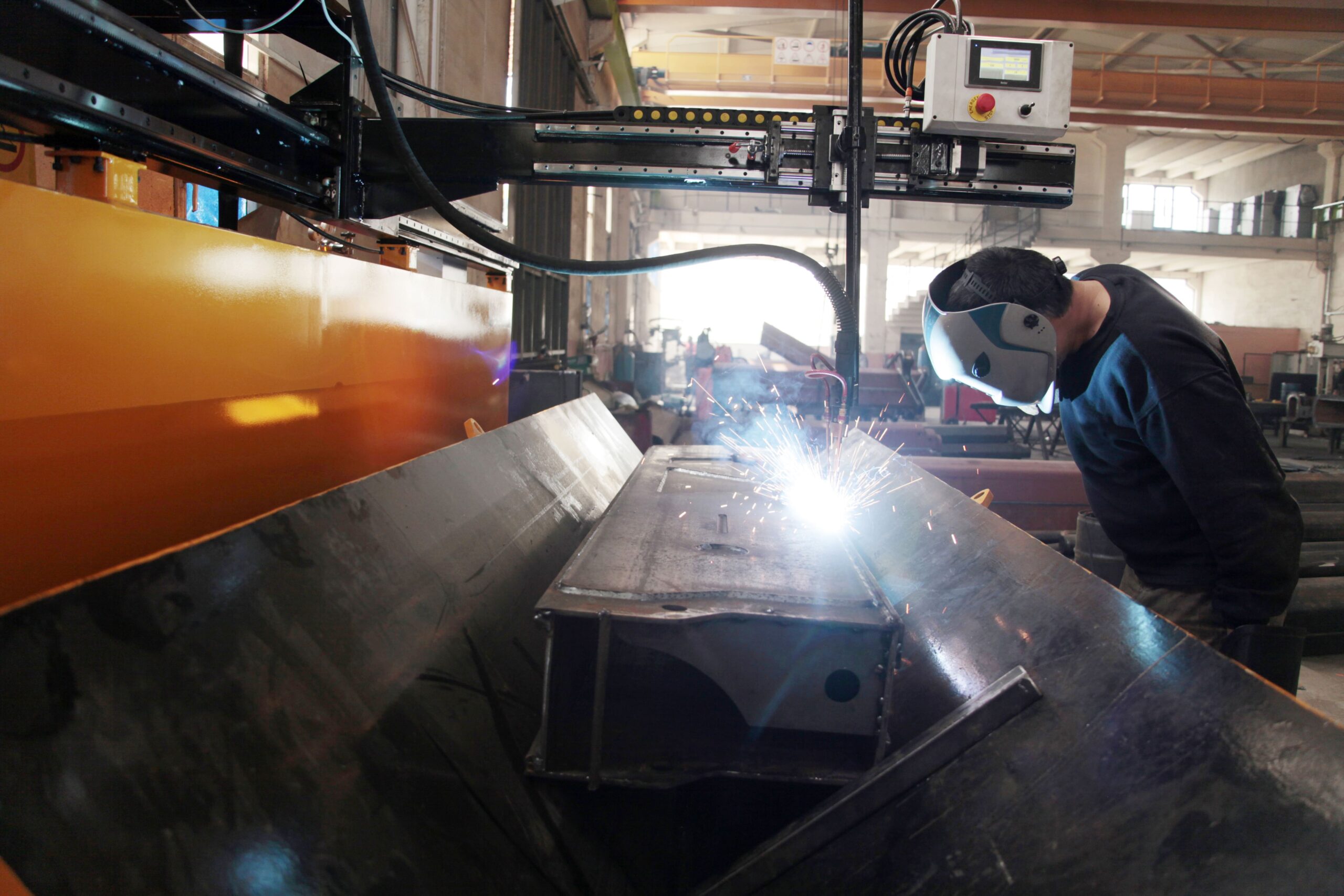Unlocking Precision and Perfection: The Ultimate Guide to CNC Machining Brass Parts
Introduction
In the world of manufacturing, Unlocking Precision and Perfection precision, and perfection are paramount. When it comes to creating intricate and high-quality brass parts, CNC machining is the go-to method. This ultimate guide will provide you with all the essential information you need to know about CNC machining brass parts, unlocking the potential for unparalleled precision.
The Advantages of CNC Machining for Brass Parts
CNC machining offers a myriad of advantages when it comes to producing brass parts with exceptional precision. Here are some key benefits:
1. Precision Engineering
CNC machining utilizes advanced computer-controlled systems that ensure precise and accurate cuts, resulting in brass parts with tight tolerances. This level of precision is crucial for industries such as aerospace, automotive, and electronics, where even the slightest deviation can cause critical failures.
2. Versatility
One of the significant advantages of CNC machining is its versatility. It can produce complex and intricate brass parts with ease, allowing for endless design possibilities. Whether you need intricate patterns, intricate shapes, or detailed engravings, CNC machining can bring your vision to life.
3. Efficient Production
With CNC machining, the manufacturing process is streamlined and efficient. The automated nature of the machines allows for high-speed production without sacrificing accuracy. This results in shorter lead times and increased productivity, making CNC machining the ideal choice for both small-scale and large-scale production.
The CNC Machining Process for Brass Parts
Now that we understand the advantages of CNC machining, let’s dive into the process itself. The CNC machining process for brass parts typically involves the following steps:
1. Designing the CAD Model
Before the machining process begins, a computer-aided design (CAD) model of the desired brass part is created. This digital representation serves as a blueprint for the CNC machine to follow.
2. Material Selection
Choosing the right type of brass is crucial for the desired functionality and aesthetics of the final part. Factors such as strength, corrosion resistance, and machinability should be considered when selecting the brass material.
3. Preparing the CNC Machine
Once the design and material selection are finalized, the CNC machine needs to be set up accordingly. This includes installing the appropriate cutting tools, securing the brass material, and configuring the machine’s settings.
4. Machining the Brass Part
With the machine prepared, the actual machining process begins. The CNC machine precisely follows the instructions from the CAD model, cutting away excess material and shaping the brass into the desired form. The process involves milling, drilling, turning, and other machining operations as needed.
5. Quality Control
After the brass part is machined, it undergoes rigorous quality control inspections. Measurements are taken to ensure that the dimensions are accurate, and the surface finish is of high quality. Any imperfections are addressed to ensure that the final product meets the required specifications.
Conclusion
CNC machining is the key to unlocking precision and perfection when it comes to manufacturing brass parts. Its advantages, including precision engineering, versatility, and efficient production, make it the preferred choice for industries demanding high-quality brass components. By understanding the CNC machining process and its benefits, you can leverage this technology to create exceptional brass parts that meet even the most demanding requirements.

